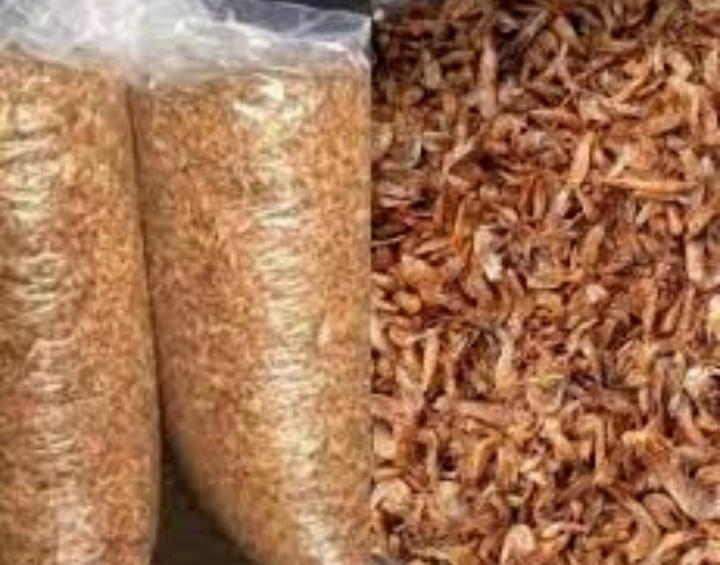The price of crayfish, a beloved staple in Nigerian kitchens, has skyrocketed in major markets across Lagos State, forcing many consumers to drastically reduce their intake due to shrinking purchasing power.
Once affordable, a paint bucket of crayfish that sold for between ₦4,000 and ₦5,000 in early 2024 now commands a jaw-dropping ₦12,500 to ₦14,000. A larger measurement that previously cost ₦40,000 now sells for ₦75,000 to ₦80,000, while a Derica cup has jumped from ₦1,000 to ₦3,000–₦4,000. A full basket now ranges between ₦260,000 and ₦350,000.
Both traders and consumers interviewed by the News Agency of Nigeria (NAN) on Sunday expressed deep concern over the relentless price surge.
According to Mrs Abigail Onu, Treasurer of the Oyingbo Foodstuff Market Association, the price hike is largely due to the off-season period for crayfish.
“Crayfish is scarce and expensive during the off-season, affecting both quantity and quality. The bags are only partially filled, and freshness is reduced,” she explained.
“A measurement that now costs up to ₦80,000 could fall to ₦40,000 when in season.”
She added that this trend isn’t new and typically peaks before June, when the new crayfish season begins.
Mrs Ugomma Maduekwe, another seller at Oyingbo Market, pointed to growing export demand as a factor worsening local scarcity.
“Export is impacting local supply. Many traders now sell in bulk to foreign markets where they earn more, leaving fewer goods for domestic buyers,” she said.
At the Alimosho Market, Mrs Idaya Mashika highlighted poor storage conditions as another challenge.
“Crayfish spoils easily in humid weather. If one bag goes bad, that’s tens of thousands lost. To cover the risk, we raise prices and avoid overstocking,” she said.
On the consumer end, many are adapting by buying smaller portions or using crayfish sparingly.
Mrs Adebanke Agbo said she now carefully rations her use of crayfish.
“No seasoning cube can give that traditional taste. I still buy crayfish, but I use it in smaller amounts,” she said.
“It’s essential in my soups like egusi and ogbono, but it’s becoming harder to afford.”
Mrs Oluyemisi Akewushola echoed the sentiment, lamenting the poor quality and rising cost.
“Crayfish has no substitute. I bought a Derica for ₦3,000 last week because I couldn’t afford a small bucket at ₦12,500. Last month, that same bucket was ₦10,000.”
She added that many of the crayfish currently available are “dried out and dirty,” raising concerns about freshness.
Crayfish isn’t just another ingredient—it’s a cornerstone of Nigerian cuisine, especially in dishes like egusi soup, ogbono soup, okra, and native jollof rice. Whether used whole or ground, it adds a unique umami flavor that elevates meals from ordinary to deeply satisfying.
Traditionally popular in coastal communities, crayfish has long been stored in bulk by households hoping to preserve it year-round. But with current prices and quality issues, even that age-old strategy is under threat.
As the rainy season approaches and hopes rise for better supply, many Lagosians are holding out for relief from what has now become a crayfish crisis.

